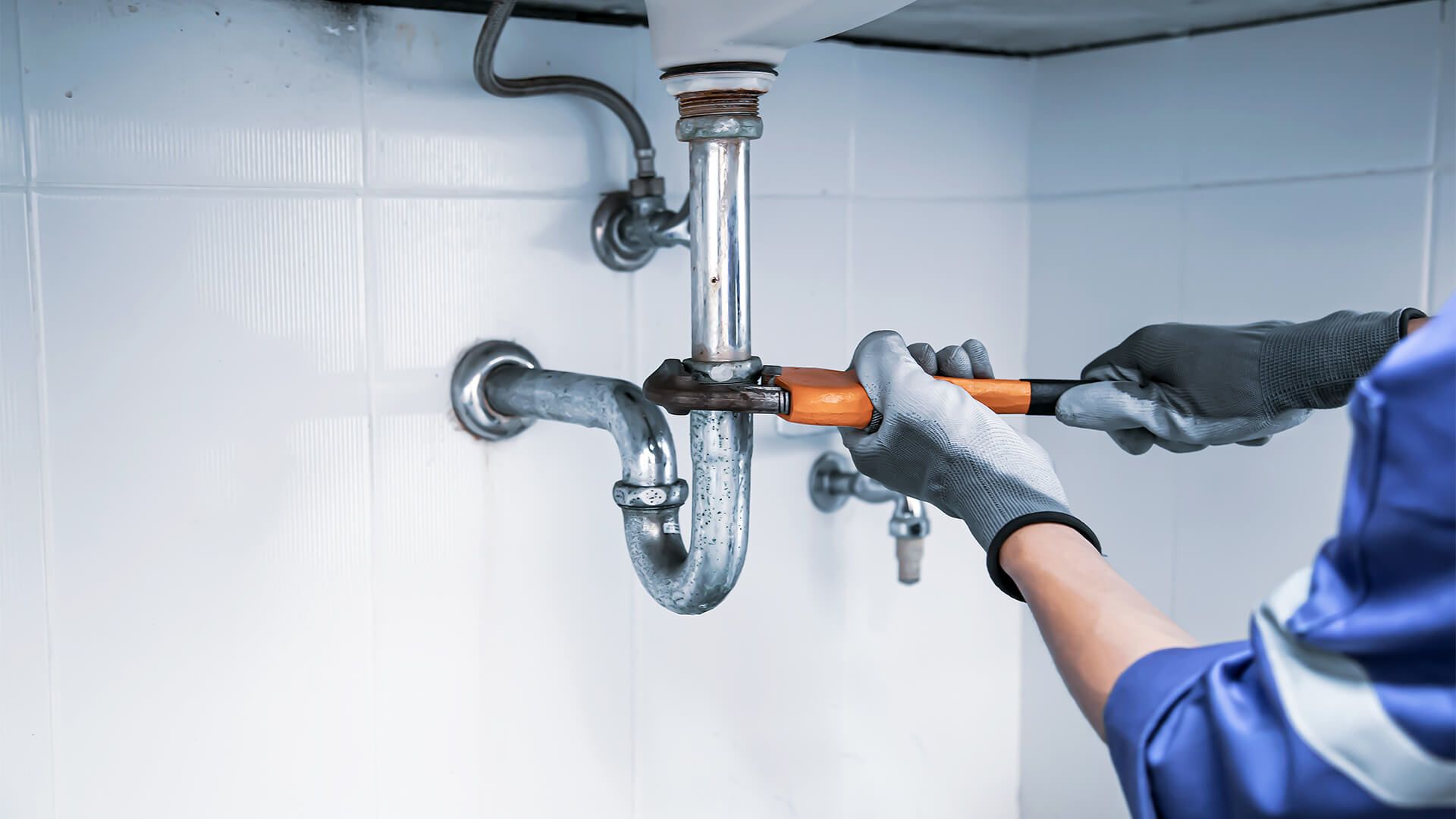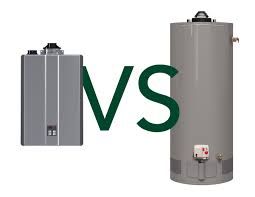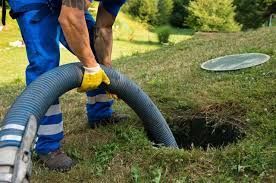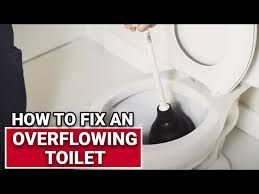The Ultimate Guide to the Best Pipe Materials for Water Mains
Choosing the right material for water main pipes is critical for ensuring long-lasting, reliable water supply to homes, businesses, and public infrastructure. With numerous options available, from copper and PVC to more specialized materials like PEX and ductile iron, it's important to understand the benefits, drawbacks, and specific uses for each. This in-depth guide explores the best pipe materials for water mains in 2024, helping you make an informed decision based on longevity, cost, and the environment in which they will be installed.
Why Pipe Material Matters
The material used in water mains impacts durability, resistance to corrosion, water quality, and ease of installation. Choosing the wrong material can lead to frequent repairs, contamination, or leaks. With growing concerns over lead contamination and the desire for eco-friendly materials, selecting the best option has never been more important.
Key factors to consider when choosing pipe material:
- Durability: How long the pipe will last under normal conditions and stress.
- Corrosion Resistance: Resistance to rust, corrosion, or chemical damage.
- Pressure and Temperature Ratings: The pipe’s ability to handle high pressure and temperature fluctuations.
- Installation Cost and Difficulty: The ease and expense of installation.
- Impact on Water Quality: Whether the material affects the purity of drinking water.
The Best Pipe Materials for Water Mains
1. Copper
Copper pipes are renowned for their durability and corrosion resistance. They are often used in both residential and commercial plumbing due to their ability to withstand high pressure and temperature.
- Pros: Long-lasting, resists corrosion, excellent water flow.
- Cons: Expensive, requires professional installation, susceptible to theft.
- Best For: High-temperature systems, residential water mains.
- Lock Type: Soldered joints.
2. PVC (Polyvinyl Chloride)
PVC is one of the most common materials used for water mains, particularly in municipal systems. It’s lightweight, cost-effective, and resistant to corrosion.
- Pros: Affordable, easy to install, corrosion-resistant.
- Cons: Can become brittle over time, not suitable for high-temperature water.
- Best For: Cold water supply systems, irrigation lines.
- Lock Type: Solvent-welded joints.
3. PEX (Cross-linked Polyethylene)
PEX is a flexible plastic pipe that has gained popularity in recent years. It’s easy to install and resistant to both freezing and bursting, making it ideal for residential use.
- Pros: Flexible, freeze-resistant, long-lasting.
- Cons: UV-sensitive, not ideal for outdoor applications, more expensive than PVC.
- Best For: Residential water mains, indoor plumbing.
- Lock Type: Push-to-connect fittings or crimp rings.
4. CPVC (Chlorinated Polyvinyl Chloride)
Similar to PVC but with better resistance to high temperatures, CPVC is commonly used for hot water systems.
- Pros: Handles high temperatures, easy to install, affordable.
- Cons: Brittle in cold temperatures, may require more fittings.
- Best For: Hot water supply, indoor plumbing.
- Lock Type: Solvent-cement joints.
5. HDPE (High-Density Polyethylene)
HDPE is known for its strength and flexibility. It’s used in many applications, including municipal water mains, due to its ability to handle stress from shifting soils.
- Pros: Flexible, resistant to corrosion, low cost.
- Cons: Can be difficult to join without special equipment, lower temperature resistance than some alternatives.
- Best For: Municipal water mains, outdoor installations.
- Lock Type: Heat-fused joints.
6. Galvanized Steel
Once a common material for water mains, galvanized steel has largely fallen out of favor due to its tendency to rust and corrode over time.
- Pros: Initially inexpensive, strong.
- Cons: Corrosion-prone, leads to rusty water, shorter lifespan.
- Best For: Older buildings, low-budget projects (though not recommended today).
- Lock Type: Threaded fittings.
7. Stainless Steel
Stainless steel pipes are resistant to corrosion and provide a long-lasting solution for water mains. However, they are also one of the most expensive options.
- Pros: Corrosion-resistant, strong, durable.
- Cons: Expensive, heavy, more difficult to install.
- Best For: High-end projects, industrial settings.
- Lock Type: Threaded or welded joints.
8. Cast Iron
Cast iron pipes were once a go-to material for water mains due to their strength and durability. Today, they are still used in some applications, although other materials are often preferred.
- Pros: Extremely durable, long lifespan.
- Cons: Heavy, prone to rusting, difficult to install.
- Best For: Municipal water mains, large infrastructure.
- Lock Type: Bell-and-spigot or push joints.
9. Ductile Iron
An improved version of cast iron, ductile iron pipes are more flexible and less likely to crack. They are often used in municipal water systems.
- Pros: Strong, flexible, long-lasting.
- Cons: Expensive, heavy, can corrode if not properly lined.
- Best For: Large water mains, municipal systems.
- Lock Type: Push-fit or mechanical joints.
What is the Best Pipe Material for Water Mains?
When choosing the best material for water mains, the decision should be based on the specific application, environmental conditions, and budget.
For Residential Water Mains:
- Best Option: PEX or Copper
These materials offer flexibility and durability, with copper excelling in longevity and temperature tolerance, while PEX provides an easier and cheaper installation.
For Municipal Water Systems:
- Best Option: Ductile Iron or HDPE
Ductile iron remains a reliable choice for its strength and durability, while HDPE is excellent for areas with shifting soil or seismic activity due to its flexibility.
For High-Pressure or High-Temperature Applications:
- Best Option: Stainless Steel or Copper
Both materials excel in maintaining integrity under high pressure and temperatures.
FAQs
What is the best material for drinking water pipes?
Copper and PEX are generally considered the best materials for drinking water. Both offer excellent water quality, with copper being naturally antimicrobial and PEX resistant to scale buildup.
Which pipe is best for water supply?
For general water supply, PEX and PVC are the most popular options due to their cost-effectiveness and ease of installation. Copper remains a premium choice for long-term durability.
What is the best pipe for a water main?
Ductile iron and HDPE are the top choices for water mains, with HDPE being ideal for areas with ground movement and ductile iron for its strength and pressure resistance.
What is the most durable pipe material?
Copper, stainless steel, and ductile iron are the most durable options, with lifespans extending beyond 50 years in proper conditions.
Conclusion
Choosing the right pipe material for water mains is a decision that impacts the longevity, safety, and cost-efficiency of your water supply. Whether for residential or municipal systems, materials like PEX, copper, and ductile iron have proven their reliability. Consider the environment, budget, and water quality needs when selecting the ideal pipe material to ensure a long-lasting and effective water main system.
By understanding the strengths and weaknesses of each material, you can confidently invest in a piping system that will serve your needs for decades to come.
For efficient plumbing or waterline repair services, reach out to All City Plumbers!
Also Read







